Samuel Collins
“I enjoy working with types of stone that are typically thought to be unsuitable for carving. Finding ways of working with material that is deemed waste but I consider beautiful is truly rewarding.” Sculptor Samuel Collins carves, cuts and sands stone in his studio on the edge of Dungeness reserve in Kent. He sources the pieces himself from off-cuts left as waste from quarries in Devon, Dorset, Somerset and Cornwall, particularly the Isle of Purbeck. “There are different colour matrixes in stone, particularly Purbeck marble. The construction industry typically looks for one colour, but I’m attracted to the slabs that shift from green to red to blue,” he says. “I don’t view myself as a traditional stone carver: I am more concerned with ideas of mass, space and alignment than a specific form or figure.”
Favouring the direct carving method of Barbara Hepworth and Henry Moore, Collins works immediately into the stone, hewing simple gestures, arrangements and movements while reconciling irregularities and imperfections in the material to arrive at the final form. His work has been shown at Kindred House in Margate, The Radford Gallery and M.A.H Gallery in London, as well as Make Hauser & Wirth Somerset – the first time works in stone have been shown there.
There is a presence in Collins’s sculptures as if the millennia-long process of the stone’s formation can be sensed in its viewing. In their essential forms, at times rounded and smooth, at others rugged and cragged, each piece nods to horizontal or vertical landscapes. “I’m really interested in the prehistoric landscapes of southwest England, such as stone circles and burial mounds,” he says. “Every time I drive to the southwest to source stone, I stop at a different site in Somerset or Dorset.” The elemental allure of these ancient earthworks is distilled in Collins’s sculpture.
Collins uses a combination of power tools and traditional hand tools to uncover his final composition – a necessarily slow process that appeals to the artist. “As I work, I’m able to experience the piece in different lights and often different seasons,” he says. “The slowness lends a meditative quality to the process and allows ideas to build around it.”
While carving, Collins stays attuned to the qualities of space, mass, density and volume. “I truly believe in something Richard Serra once wrote, that humans can sense mass and density in an object. There is something primal about stone. If I can relay the experience I have when I first uncover a stone, half buried in a quarry, to the viewer, my work will have been successful,” he says.
There is something primal about stone. If I can relay the experience I have when I first uncover a stone, half buried in a quarry, to the viewer, my work will have been successful.
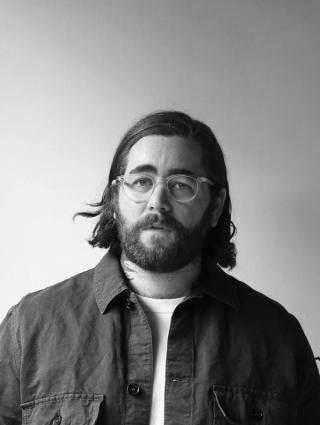
Featured works
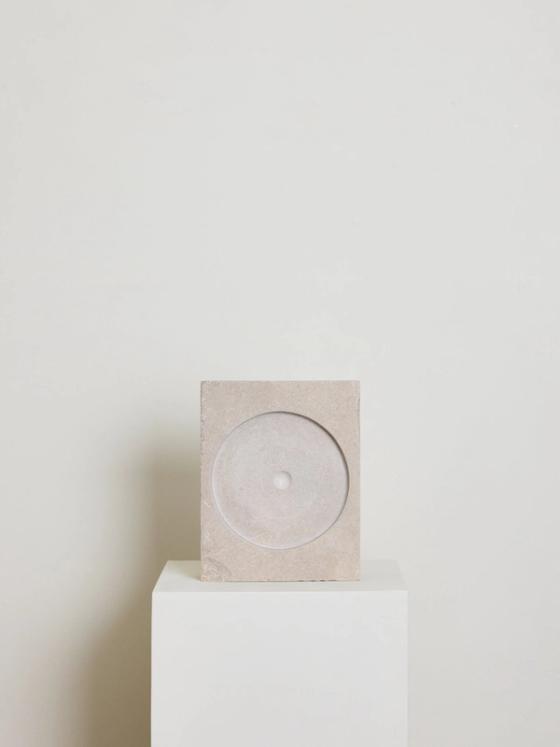
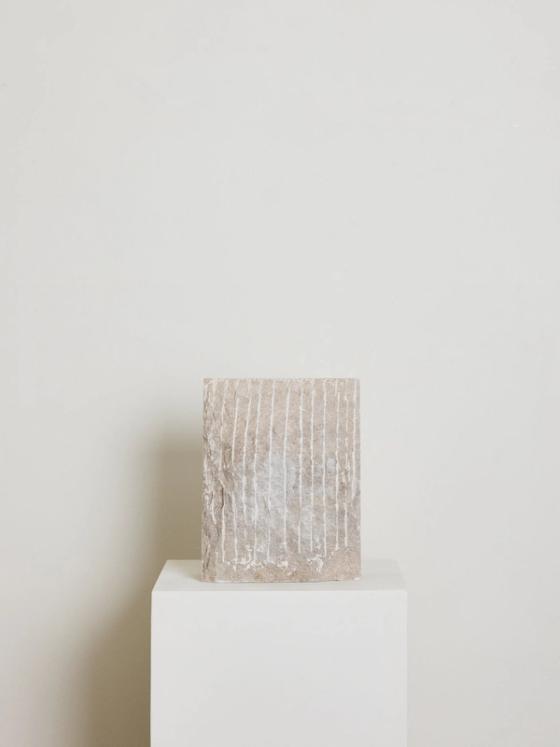 Bath Gallery
Bath GallerySamuel CollinsDisc Variant (Vertical), 2023
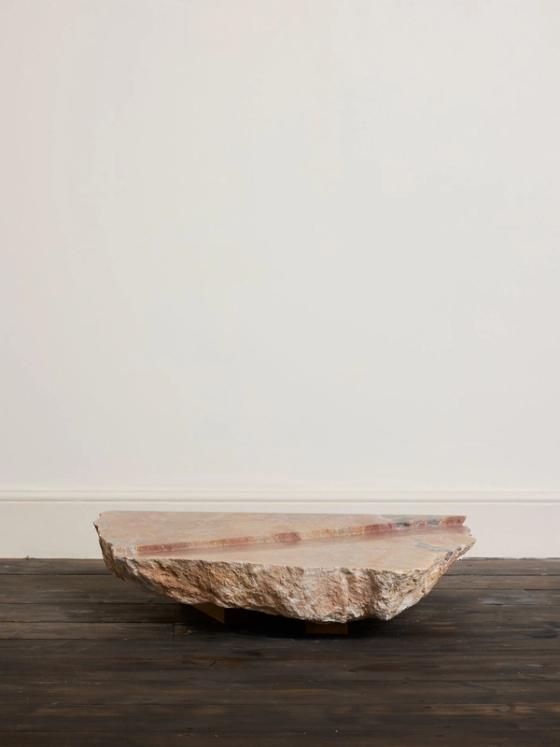
 Bath Gallery
Bath GallerySamuel CollinsHorizontal & Displaced, 2023
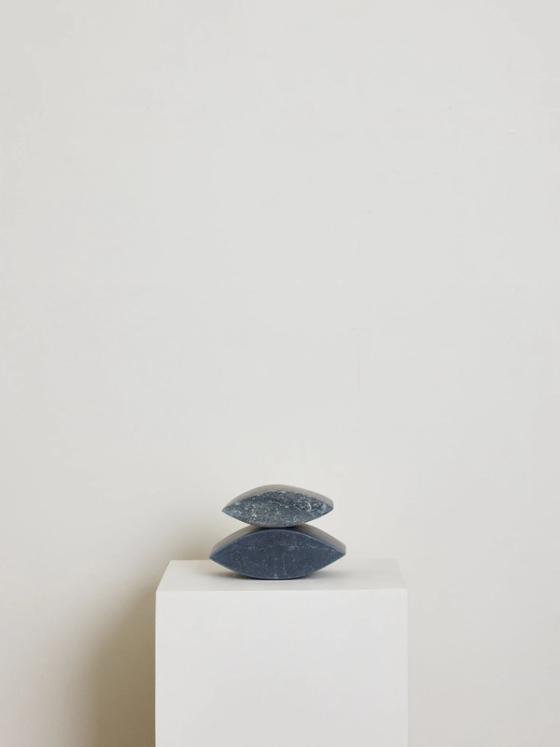
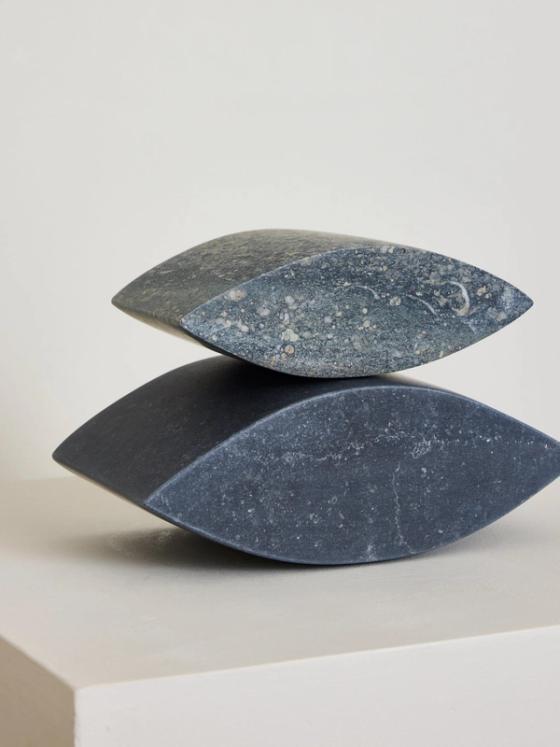 Bath Gallery
Bath GallerySamuel CollinsI put a stone on your stone, 2023

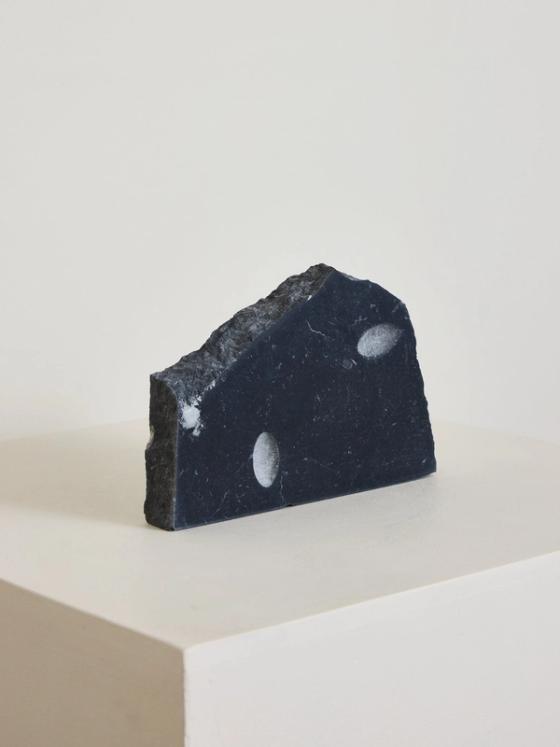 Bath Gallery
Bath GallerySamuel CollinsTwo at Night, 2023
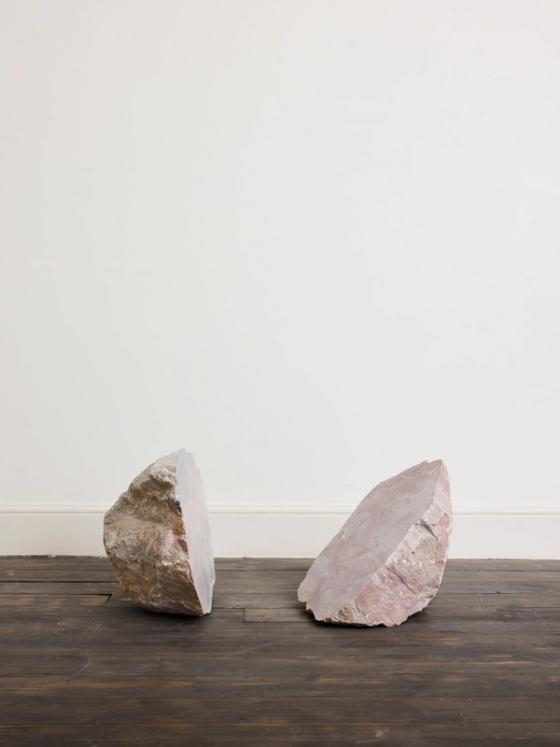
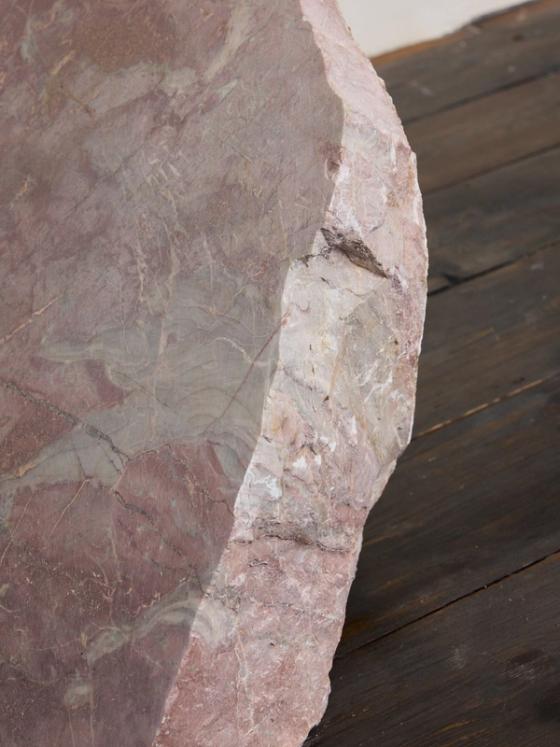 Bath Gallery
Bath GallerySamuel CollinsTwo Stones Asunder, 2023
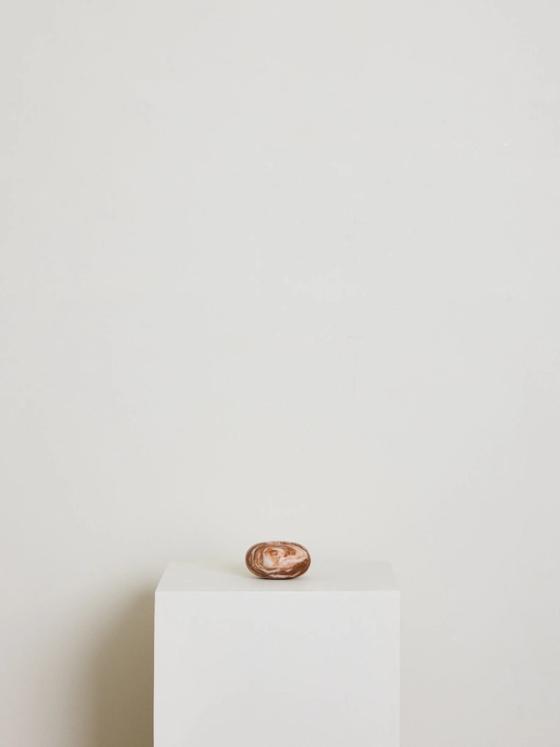
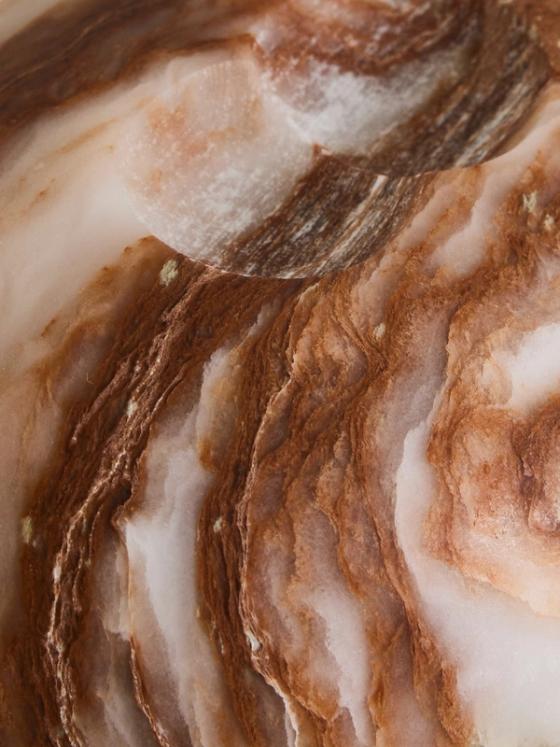 Bath Gallery
Bath GallerySamuel CollinsUntitled Object VI, 2023

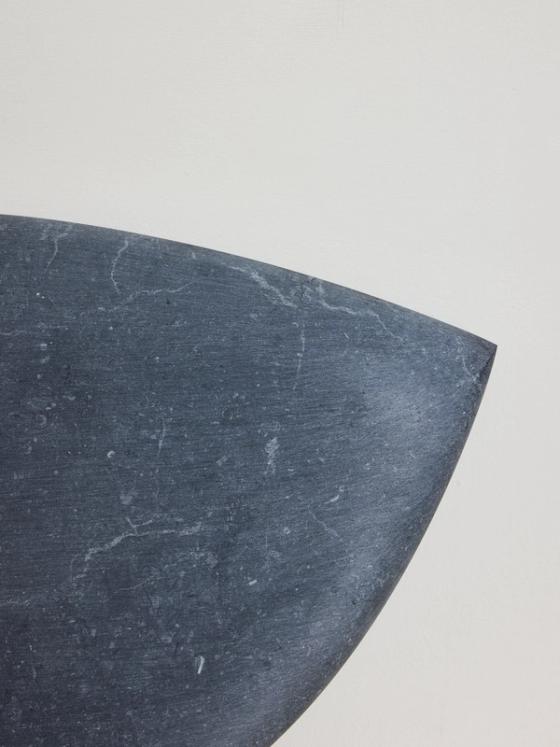 Bath Gallery
Bath GallerySamuel CollinsWall Object I (Horizontal), 2023

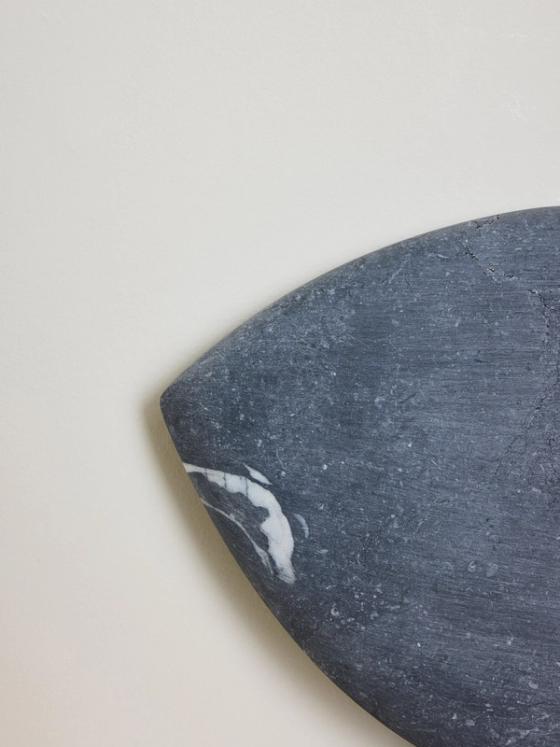 Bath Gallery
Bath GallerySamuel CollinsWall Object II (Horizontal), 2023

